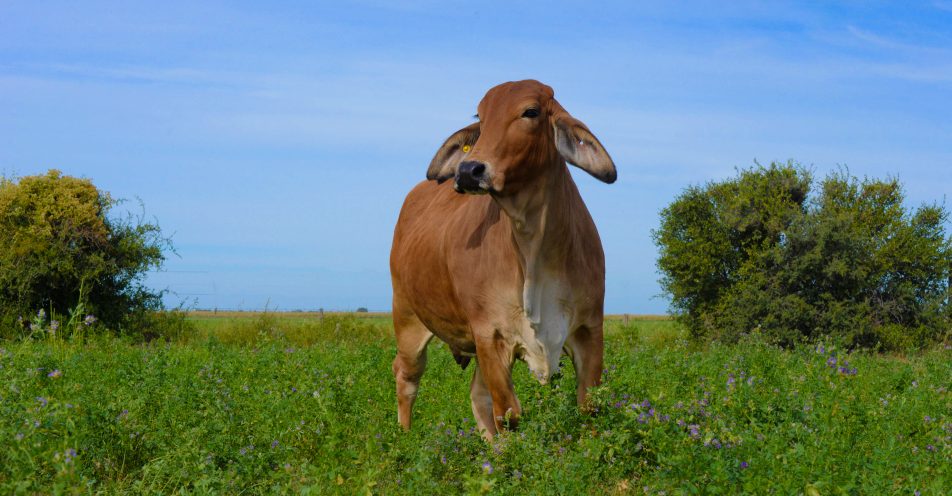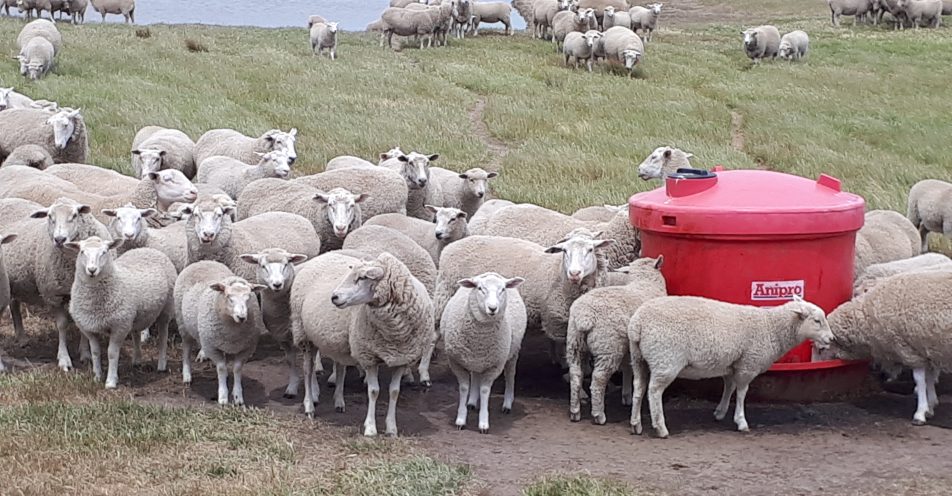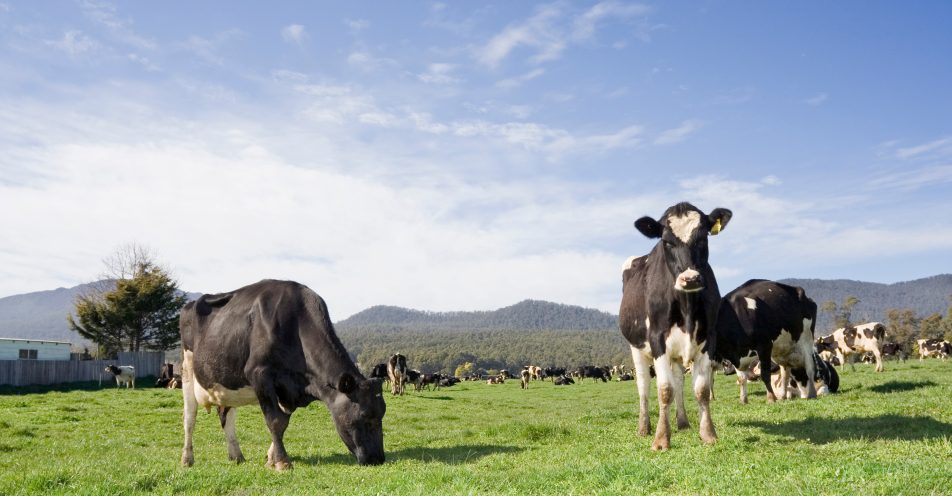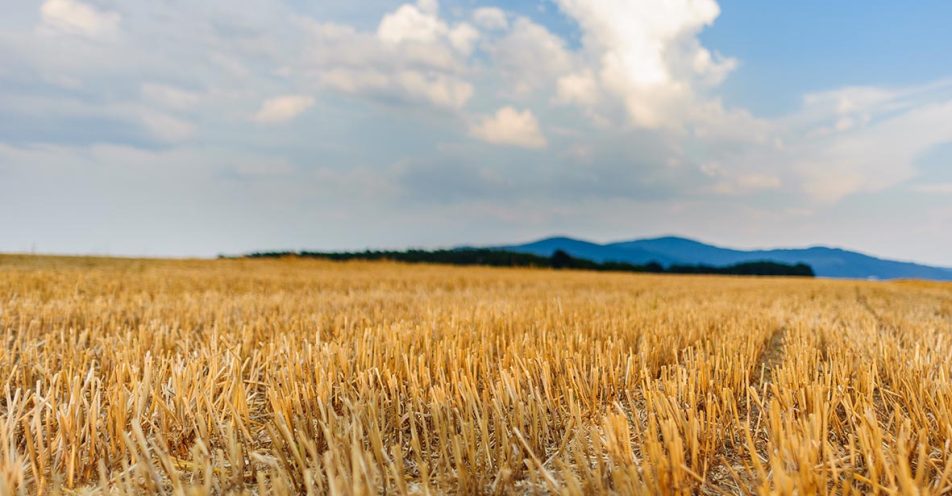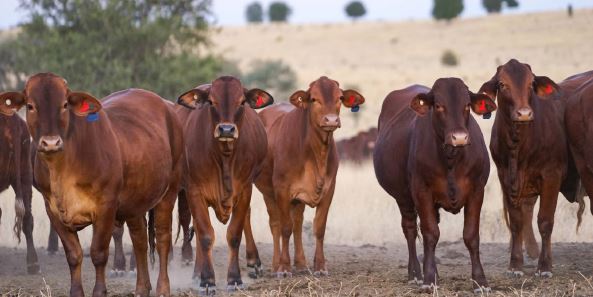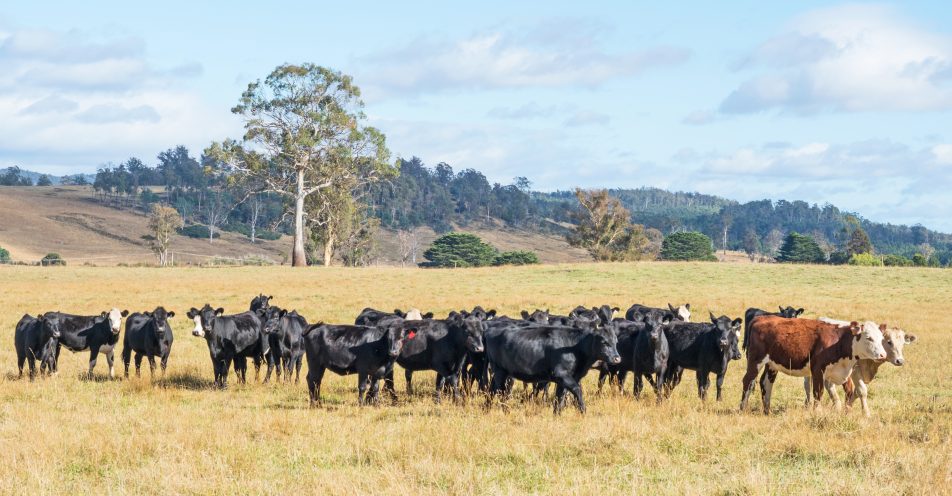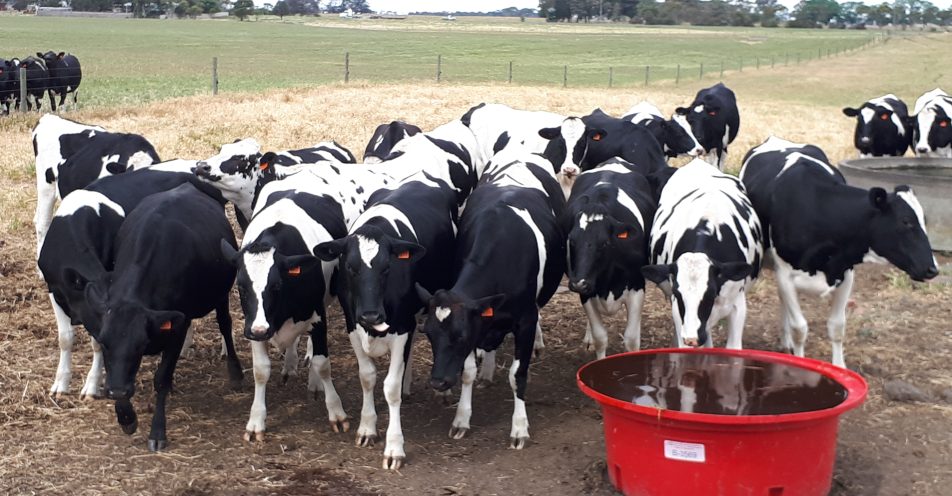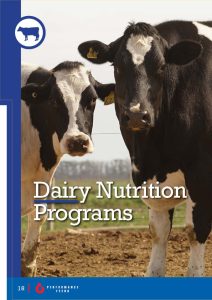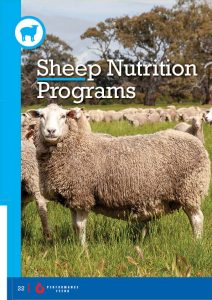The team at Performance Feeds are keen to help you achieve the results you want in your livestock. We will work with you to develop convenient, customised nutrition supplementation programs that are tailored to your unique livestock requirements.
By maintaining consistent growth paths, minimising weight loss, and improving meat, wool and milk production, Performance Feeds’ year-round nutrition plans are also a cost-effective way to maintain high results, long term.
Year-round nutrition planning with Performance Feeds focuses not only on what forage is available throughout the seasons but also on getting the right nutrients to the right animals at the right times. The critical times that your livestock require certain boosts include joining, lambing or calving, and weaning.
At Performance Feeds we understand that the quality of our service is just as important as the quality of our products, and that’s why our team are here to work with you every step of the way, to boost your livestock performance.
The Reasons to Supplement
There are two obvious reasons for supplementing livestock. One is to rectify nutrient deficiencies in the diet and the other is to include a feed additive in the diet. If the aim is to rectify a nutrition deficiency for grazing livestock, the pasture quality usually dictates the choice of supplement. Stock that are grazing a pasture low in protein and high in fibre will benefit from added dietary protein. Supplementing to include a feed additive in the animals’ diet will help to prevent feed-related health risks such as bloat or grass tetany. Stock that are grazing green feed benefit from trace and macro minerals added to their diet. It is important to remember that the level of the nutrient supplemented depends on the animals’ requirements.
The Challenge to Efficient Supplementation
A supplement product is only classed as effective if stock eat it, and do so at the correct rate. An economic supplement provides enough nutrients in the daily consumed dose. A valuable supplement will deliver enough nutrients of sufficient quality to ensure that the extra performance from the stock is worth more than the cost of the supplement. Many supplements available on the market appear to be good on paper. The challenge for manufacturers is getting the animals to consume the right amount. The focus of product development at Performance Feeds is designing, manufacturing and selling valuable supplements. Product concepts that don’t add value to the livestock owner never make it off the design table.
